While our political system is preoccupied with impeachment and the Democratic primaries, our country is heading toward a massive turnout in the 2020 general election that could transform our politics—and overwhelm our system of election administration. Consider the most recent elections.
In the November 2018 midterm elections, 115.1 million votes were cast for House of Representatives candidates, for a total turnout of 50%—an increase of 45% over the 79.2 million votes cast in the 2014 midterm election. This represented an asymmetrical mobilization in which Democratic turnout rose far more than Republican. Compared to 2014, votes for the Democrats’ House candidates surged by 70%, versus 27% for the Republican candidates.
High voter turnout persisted into the four special elections held in 2019 as well. In 2015, 1.36 million votes were cast in the Virginia state Senate elections. This year, the total rose to 2.27 million, an increase of 66%. Four years ago, 973.7 thousand votes were cast in the Kentucky gubernatorial election. On November 5 of this year, the total rose to 1.44 million, an increase of 48%.
On the same day, 862.7 thousand votes were cast in the Mississippi gubernatorial election, an increase of 20% over the 718.2 thousand cast in 2015.
Two weeks later, 1.51 million Louisianans turned out to vote in their state’s gubernatorial election, compared to 1.15 million votes cast in 2015, for an increase of 31%.
As Table 1 shows, the same pattern prevailed in the four key 2019 races as prevailed in the 2018 races, with one exception.
TABLE 1
| Virginia | Kentucky | Mississippi | Louisiana | |
| Democratic change (%) | 103 | 66 | 74 | 20 |
| Republican change (%) | 25 | 38 | -6 | 45 |
The most likely explanation for the Louisiana anomaly: this was the only contest involving a Democratic incumbent, who had prevailed against a damaged Republican candidate and badly split Republican party four years earlier.
Taken as a whole, the four 2019 elections confirm the surge in voter participation that manifested itself in the 2018 midterm elections. But do these results have any bearing on the likely general election turnout in 2020? The evidence of the past three decades suggests that they do.
Historically, general elections always have higher turnout than midterm elections.
Table 2 shows the relationship between turnout in the midterm and the following general election. For example, turnout in the 1992 general election exceeded turnout in the 1990 midterm by 19 percentage points.
TABLE 2
| Year | General election versus the preceding midterm (% points) |
| 1992 | +19 |
| 1996 | +11 |
| 2000 | +16 |
| 2004 | +20 |
| 2008 | +19 |
| 2012 | +16 |
| 2016 | +23 |
(Source: United States Elections Project, based on the voting-eligible population)
The turnout gain from a midterm election to the next general election has averaged 18 points, but the difference has varied from a low of 11 points in 1996 to a high of 23 points in 2016. Turnout in 2018 was 50%. So simply the average gain from 2018 to 2020 would put turnout near 70%, a level we haven’t seen in more than a century. A lower-end gain would return us to the levels reached during the 1950s and 1960s. And a gain of 23%—along the lines of 2016—would set an all-time record, putting turnout above 70%. While this might be exceptionally high, even a more modest increase will bring 20 million new voters to the polls, generating long lines in many areas and testing the resilience of our election administration.
Now for the big question: which party will benefit more from the increased turnout? The results from the 2019 state elections suggest that the advantage could go to the Democrats. In addition, Democratic turnout for Hillary Clinton was desultory in 2016, while Donald Trump beat Mitt Romney’s 2012 total by more than 2 million votes.
Starting from a lower base, then, the Democratic nominee will have more room to gain than will President Trump. But as we saw in 2016, the national popular vote isn’t always dispositive. It’s entirely possible that Mr. Trump’s intense and unrelenting focus on mobilizing his base will produce victories where he needs them, even if he loses the popular vote by a larger margin than he did last time.
While the 2020 outcome may be unclear, what is clear is that turnout in 2020 could break all records and test our election machinery as it has never been tested before.
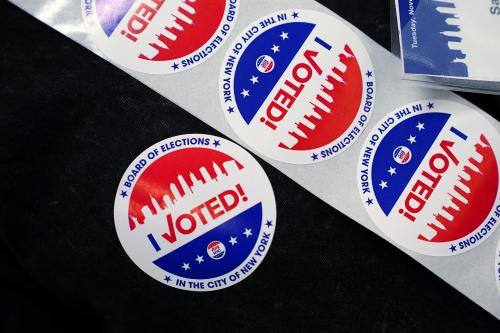
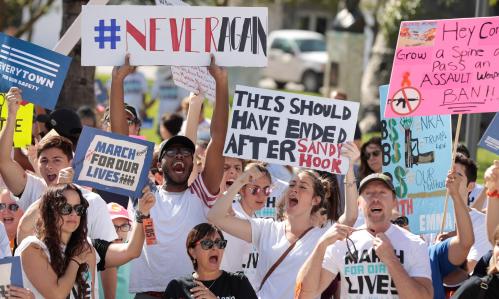
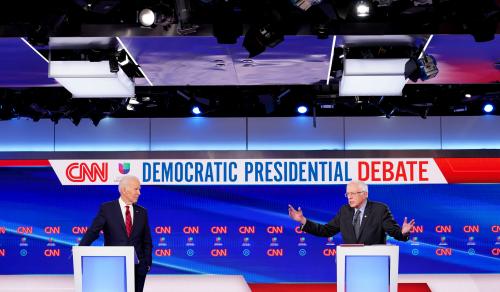

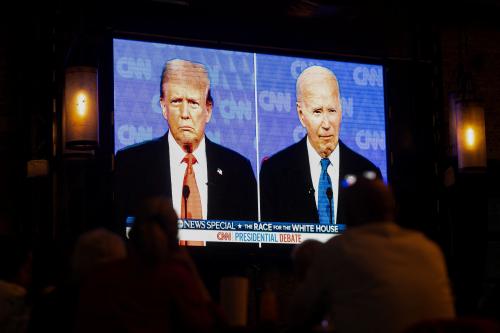
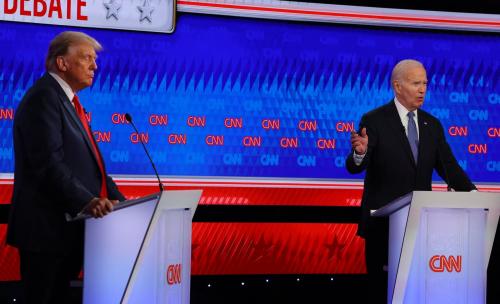
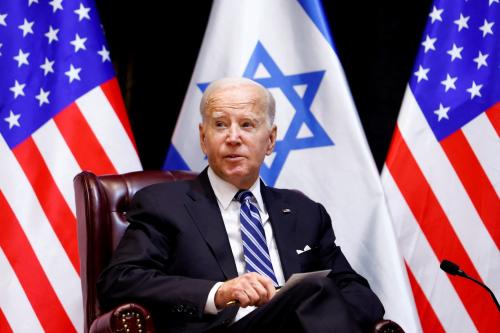
Commentary
What does high voter turnout tell us about the 2020 elections?
November 20, 2019